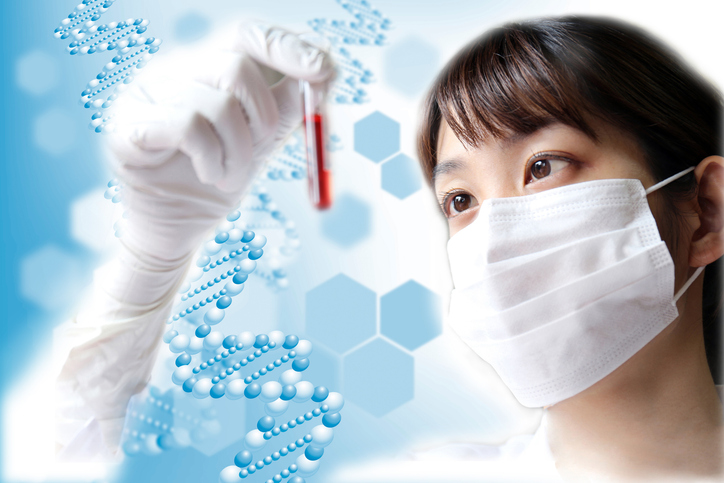A recently-developed technique for measuring the mass of single molecules in solution has the potential to help companies using adeno-associated viruses (AAV) as a vector for gene therapies.
That’s according to researchers at the UK Center for Process Innovation (CPI), who found that mass photometry performed as well as the gold standard approach—ddPCR titer and ELISA protein capsid titer—for assessing the number of full/empty viral capsids, which is a critical measure of AAV product quality.
“Mass photometry is a high-throughput technique with fast run times in the region of 60 seconds and no need for labeling,” explained Charlotte Graham, PhD, team leader, analytical, at CPI.
According to Graham, who spoke at Bioprocessing Summit Europe earlier this year, the presence of empty capsids (which lack the viral genome) reduces the amount of therapeutically active product and therefore acts as an impurity.
AAV manufacturing challenge
Working out how many capsids are empty is a challenge for AAV manufacturers, she points outs, and the current gold-standard analytical techniques are nonoptimal in various ways.
Using a combination of droplet digital PCR (ddPCR) and ELISA to measure genome and protein capsid titer, for example, is accurate, but requires two different methods to measure the number of empty capsids in a sample. This, continues Graham, makes it low throughput and potentially inaccurate. And, as ddPCR needs the capsids to be opened to measure the amount of viral genome present, it also needs two different samples.
Other popular methods, meanwhile, such as analytical ultracentrifugation are expensive, require specialist training, and large sample volumes. Using UV spectroscopy absorbed at 260 and 280 nm, meanwhile, can be less accurate due to impurities in the sample that may also absorb UV.
To overcome these problems, the team decided to test two new techniques to expand their current analytical toolbox, including anion-exchange high performance liquid chromatography (AEX-HPLC), which Graham says is a traditional technique, and mass photometry, a more novel approach. They discovered that, although HPLC may be helpful for assessing capsids in in-process samples, they’re still working on improving the method to increase the overall accuracy of measurements.
Mass photometry, which relies on light scattered from a single particle to measure its mass, meanwhile, was found to be comparable in accuracy to the ddPCR/ELISA data while being faster. The team uses a mass photometry instrument from Refeyn and believes the technique could be helpful for companies wanting to assess the empty capsid content of their final AAV product.
“With mass spectrometry, it can be sensitive to increased background noise if the sample isn’t pure but, if you’ve got a final material, it’s perfect for that,” notes Graham.
The team is now working on improving their HPLC technique, as well as using capillary isoelectric focusing (cIEF) and size exclusion chromatography multi-angle light scattering (SEC-MALS) for empty/full capsid analysis. The researchers also are looking at optimizing methods for measuring partially filled capsids.


